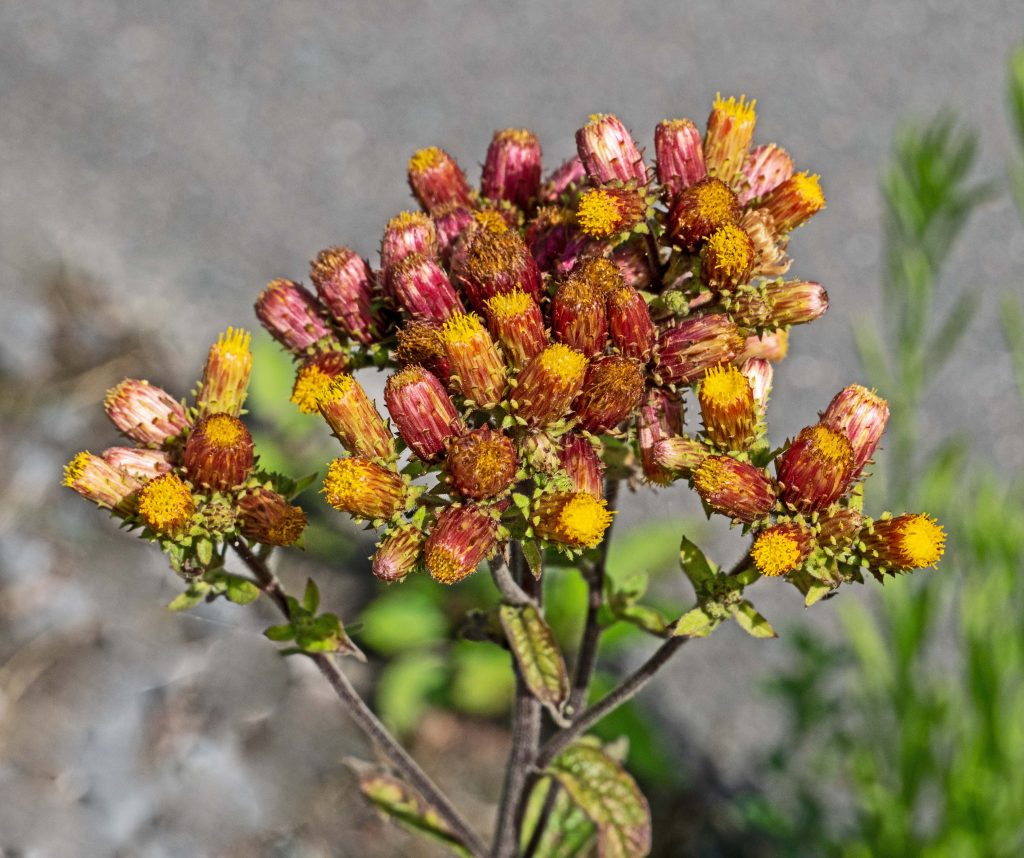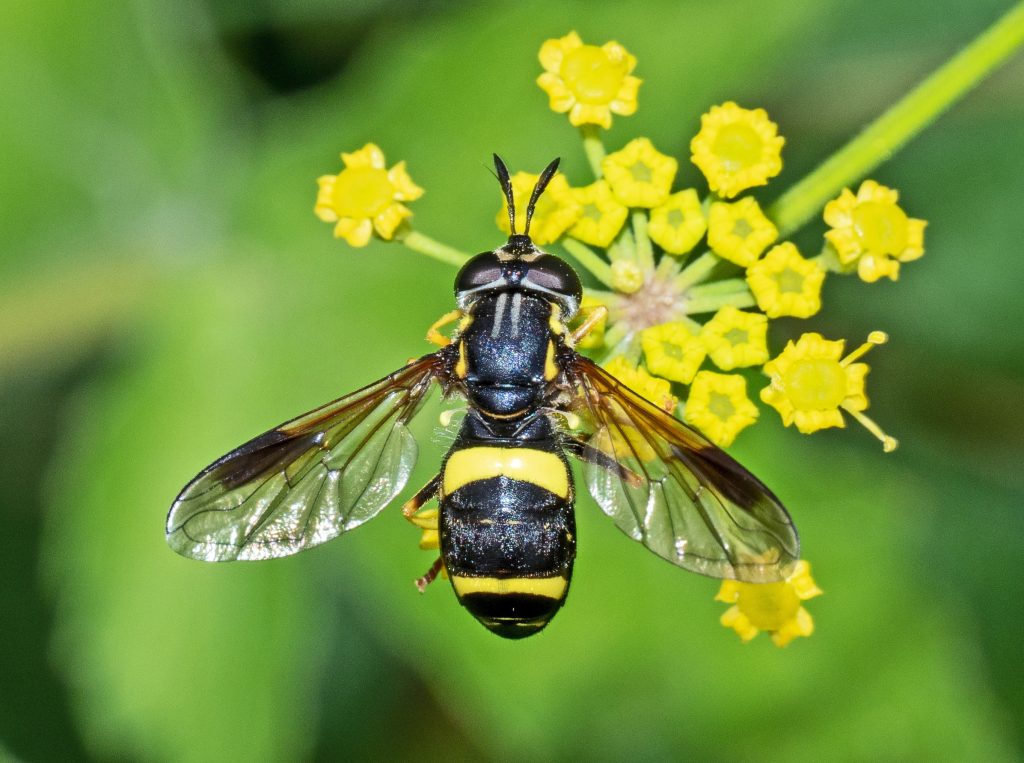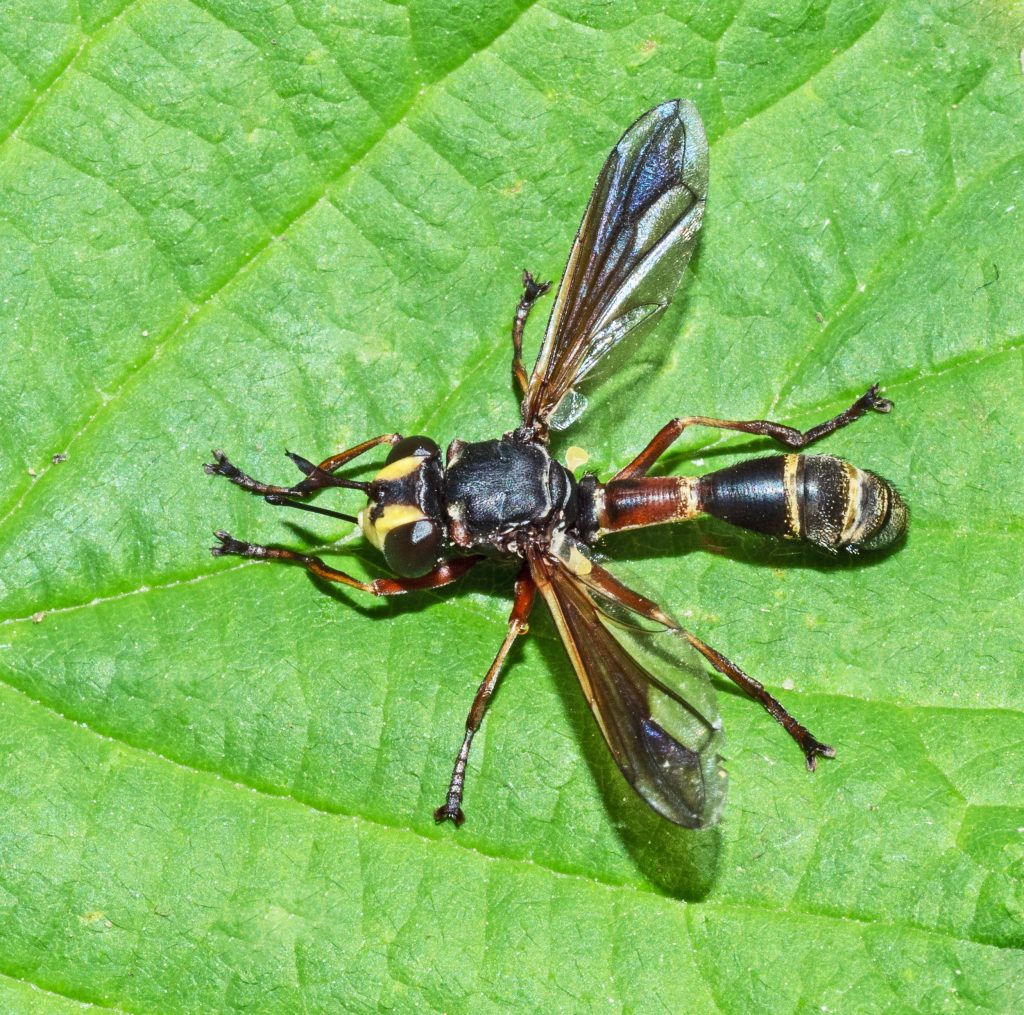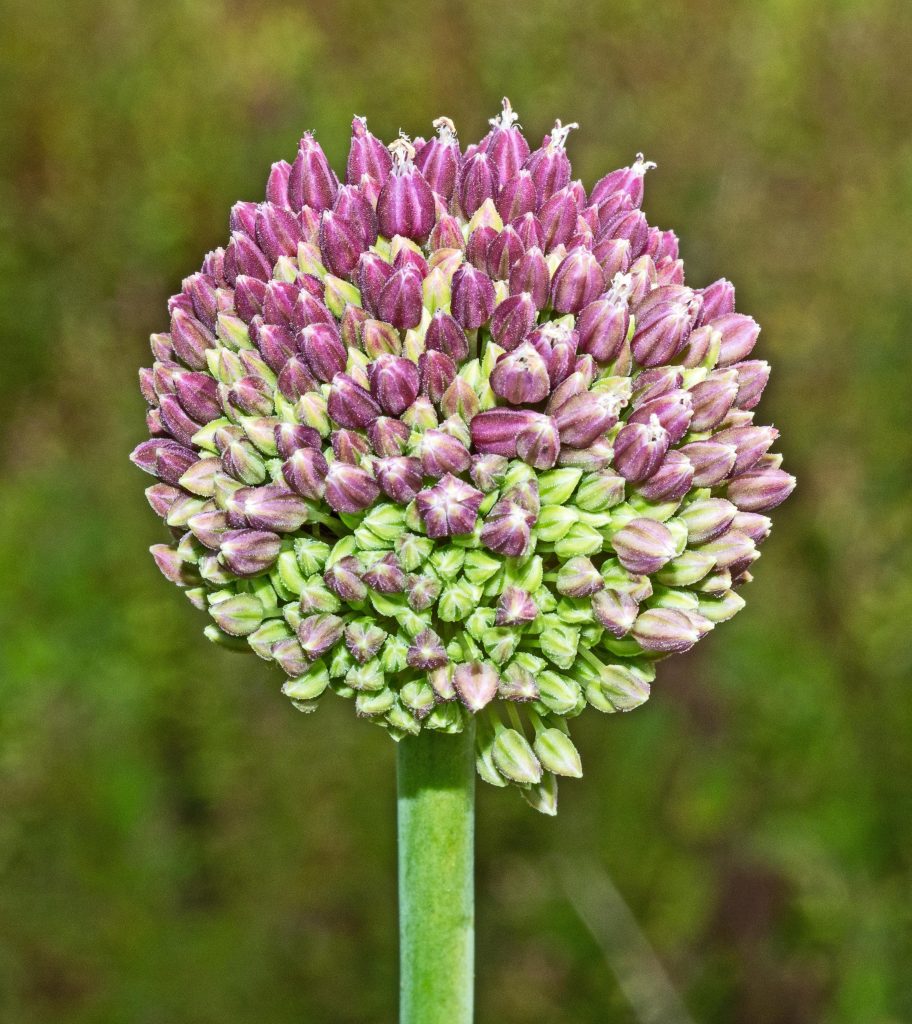Dr Phil Smith
After the much-needed rain in June, dry weather returned, Rachael Park’s Formby rain-gauge showing only about 30% of the July norm. The Met. Office tells us it was the fifth warmest July since 1884, with rainfall below average throughout the Northwest of England. So far this year, only June has seen above average rainfall for the UK. As a result, our sand-dune water-table fell by about 14 cm. Many of the seasonally flooded dune slacks dried up during July, though samples taken during the Baltic Rush survey showed that slack soils remained saturated. This survey began in late June at the rush’s only English locality in the Birkdale dunes, followed by four weekly sessions during July. Although the final results are not yet in, it is clear that Baltic Rush is struggling to survive encroachment by coarse vegetation and scrub, several patches having been lost since 2022. However, another of my favourite slack plants, the rare Flat-sedge, did well at the Devil’s Hole. I was delighted to find a sizeable patch where I struggled to find any last year. This species is Red-listed ‘vulnerable’ in both England and the UK.






The ‘Green Beaches’ north of Ainsdale-on-Sea are another of my long-term study areas. During one visit, I bumped into Josh Styles supervising a large group of botanists identifying plants for their Field Identification Skills Certificate (FISC). They had chosen an exceptionally diverse habitat, with getting on for 200 different plants in a relatively small area. From what I could see, many of them were struggling. Embarrassingly, Josh showed me three notable species he had found that were not on my site list, namely the exceptionally rare Sea-holly Broomrape, a single individual of Cyperus Sedge and a small non-flowering patch of Common Meadow-rue.
I always try to get down to Crosby Coastal Park in early July for the Evening-primroses. As usual, they didn’t disappoint, providing the best show on the coast of these dramatic, yellow spires. Six different kinds have been recorded at Crosby and I soon ticked off five of them. Most numerous is a rare hybrid Oenothera x britannica (Large-flowered x Small-flowered Evening-primrose), with brilliant red buds and stems. The first published record of Evening-primroses in Merseyside was in 1801, when they were introduced from the Americas, probably during the cotton trade. Although widespread in the dunes, these plantsare not invasive and don’t pose a threat to our native flora.
The undoubted botanical highlight of the month was the discovery by Joyce Jarvis and Ann Anderson of a 2m-high Allium at Queen’s Jubilee Nature Trail, Southport. I confirmed its identity as Wild Leek, a species listed as ‘extinct’ on the Sefton Coast. It has a sparse UK distribution, being mainly found in Cornwall. Another surprise was several plants of the regionally notable Ploughman’s Spikenard growing on gravel at the edge of the coast road in Birkdale.
I rarely mention mammals in these notes, largely because most are nocturnal and I am not. Roe Deer are increasing locally, one sign of this being a frayed willow bush in the Birkdale dunes where a buck had rubbed its antlers presumably to remove the ‘velvet’.
During July, the Sefton Coast lived up to its reputation of having an incredibly rich insect fauna. As usual, Pete Kinsella sent me photographs of several rarities, in particular a stunning Noble Jewel Wasp at Crosby Coastal Park. This tropical-looking creature parasitises the Sand Tailed Digger Wasp or Weevil Wolf, a southern species that has only just arrived in the Northwest (Pete again), evidently accompanied by its nemesis. However, I did find several choice insects, including two Waisted Beegrabbers, one on the eastern edge of Formby and another at Alt Bridge, while Falklands Way at Ainsdale produced two more of the same family, the rare Dark-cheeked and the much commoner Four-banded Beegrabber. All lay eggs on bees by ambushing them in flight, the larvae feeding as parasites within the bee’s body. A flowering Snowberry bush at Falklands Way attracted the impressively large Hornet Plumehorn and Wasp Plumehorn hoverflies, together with the uncommon Median Wasp. Nearby, I was delighted to find three specimens of the Two-banded Meadowfly on Wild Parsnip. This smart wasp mimic is supposed to be common but I rarely see it. I also photographed two specimens of its close relative, Verrall’s Meadow-fly, a southern species on the move north.
Butterflies flourished in the warm weather. As I walked through the dunes, Gatekeepers flew up in clouds recalling descriptions of butterfly abundance in the twentieth century, before the advent of intensive agriculture. They were joined by Meadow Browns and the occasional Wall Brown, Comma and Holly Blue. I even spotted a Clouded Yellow at Devil’s Hole. A large Buddleja bush at Falklands Way was graced by at least seven gorgeous Peacocks and two Red Admirals. Dragonflies were also well represented; metallic Banded Demoiselles could be seen at Alt Bridge as late as 11th, while huge Emperor dragonflies dominated the deeper dune scrapes, battling with both male and female Southern Hawkers.



